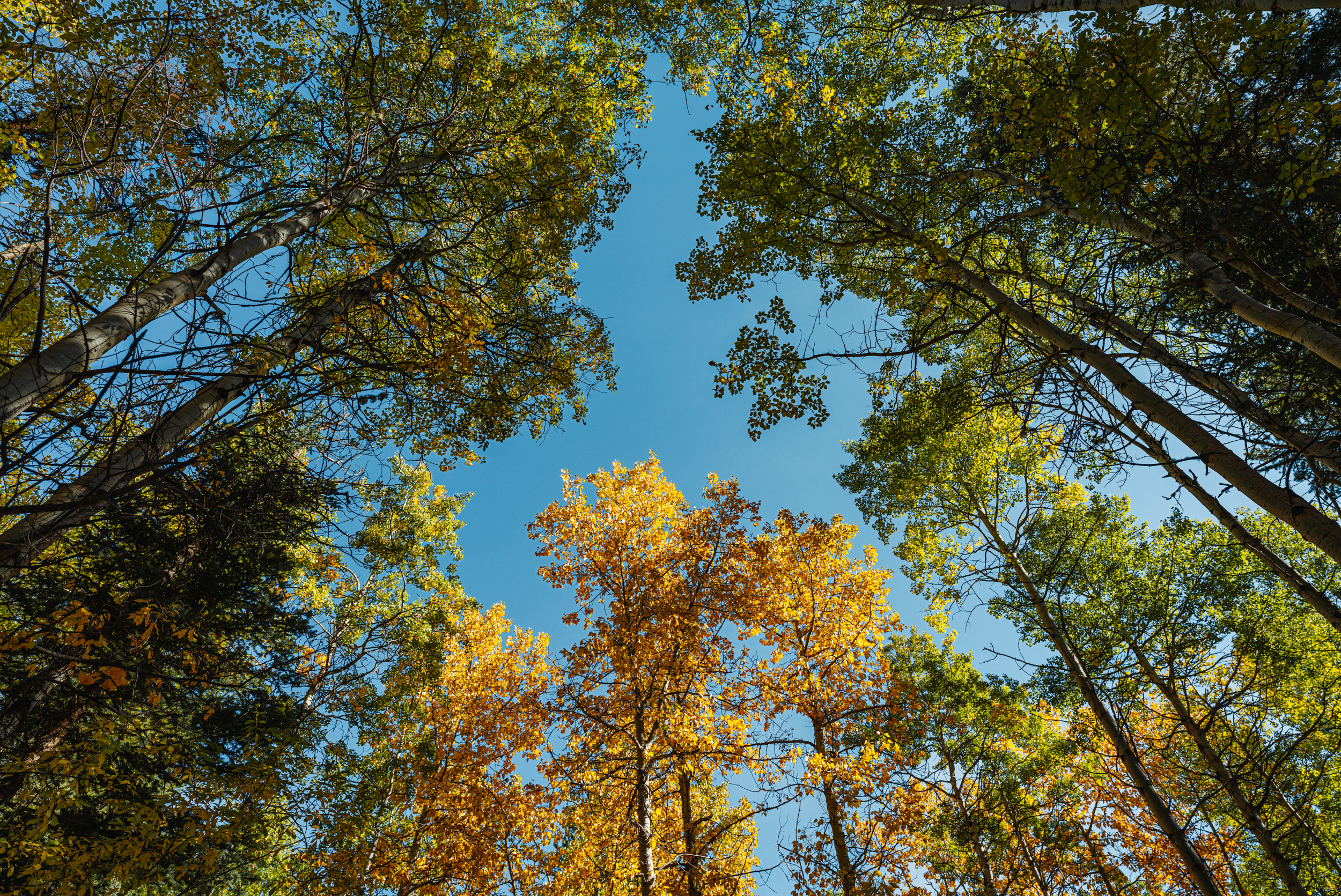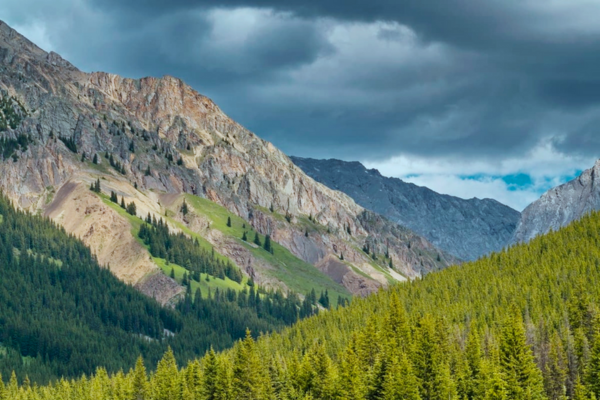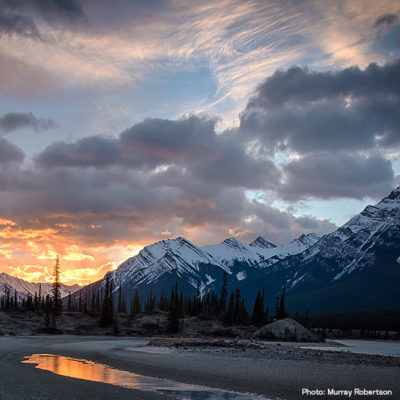In a world where many things seem out of our control and the need is so great, it is often difficult to see how individual actions can contribute to change. Problems such as extinction and climate change seem so overwhelmingly huge that many of us feel defeated, paralyzed, and exhausted before we even begin.
I see many people who care but don’t get involved, letting others speak, while they stay silent. Taking action may also feel like something radical, or for extremists. We may not take action because some things might not affect us directly, or are viewed as someone else’s problem. Also, not feeling like an expert or having all the information can make one feel intimidated to use their voice.
However, the reality is that we all care about something. You, contributing to the greater “we”, can make a difference. We all need to feel empowered to get engaged.
My work in conservation has taught me the importance of civic engagement and championing issues that matter. We need a constituency who cares and advocates for change. This is not as scary as it may sound. This is how we get policies and laws that protect the marginalized and underrepresented, like children and animals for example. This is how we get new protected areas and ensure that they are managed appropriately. This is how change for the better happens. For me, sitting on the sidelines is not an option.
Mother Teresa said, “If you cannot feed a hundred people, feed one.” This month, I am writing about how you can begin to take action. I want you to know that it is easy, not overwhelming, and absolutely necessary to do so. Elected officials in fact work for us, the people. We have every right, and it is our responsibility to let them know what matters to us and what we need to better our communities, our province, and our country.
So how does one begin? First off, think about where your interests lie. What bothers you? What affects your quality of life? What are things that matter for you and/or your children’s future? Start in your backyard or community. For me, I love spending time outdoors. I appreciate having spaces like Kananaskis, where I can hike, camp, and x-country ski in wilderness. For me, advocating for new protected areas and the proper management of our existing ones is not only about conservation, it is about leaving a legacy for my daughter and for all Albertans. I happen to have chosen a career in this field but there are many options for engagement on various levels, from volunteering to practicing bear safety and teaching others about it on the trail.
Second, open your mind to learning. Find out more about what matters to you. Connect with the groups working in that space. This can be as simple as reading the news or doing a Google search. Get curious. Remember, you don’t need to be an expert in the field to care and have a voice. There are many groups doing purposeful work, and, in my experience, they are happy to let you know how you can help in ways that work for you. For example, did you know that your signature today could help potentially protect an area bigger than Kananaskis (the Bighorn) before the end of the year? If you are curious, go to albertapreserves.ca.
Third, mobilize your networks. Think about how to share this at your work, with your family, and with others. When someone at the water cooler asks, what you did this weekend, tell them something like, “I went on a great hike in Kananaskis in an area called the Mustang Hills with trees that are 140 years old. I learned this area is slated for logging this winter and I want to help protect it…are you interested in hearing more?”
If you have children, start talking about issues over dinner. Show them ways to get involved. In my experience, people appreciate learning from others and it helps elevate issues that might otherwise be overlooked.
Fourth, create a practice of taking action, but remember to pace yourself so you don’t burn out. Trying doesn’t always mean succeeding, so don’t get discouraged or take on too much. Homelessness isn’t going to be solved in a day. Did you know it took over 40 years to protect the Castle? You aren’t going to lose 30 pounds in a month. Just like meditation or learning to compost, you will have to create a regular routine of engagement.
To do this, think about how you want to contribute and the amount of time you have/want to commit? Think about what skills or capacity you have and how you want to engage. This may be donating your Thursday latte fund to a cause of your choice. Maybe it is making a daily 10-minute practice of reading the op-eds in the papers. It might be volunteering your time and skills for a project or to an organization of your choice. We have an amazing retired Chartered Accountant who volunteers every Tuesday to help with our finances. Do you love having home parties that you could use to raise money or awareness for a cause? Give back in ways that make sense for you. Just like running, it may feel difficult to start but once you find your stride, putting energy towards a purpose is rewarding.
Lastly, just do it! Starting is the hardest part. Don’t sit on the sidelines anymore. Sign a petition, write a letter, meet with your local government officials, make a phone call, tell a friend, fundraise, volunteer, vote, and stay engaged. Take action! Today, not tomorrow! Now, not later! You, not others! It is easier than it seems. Engaging really brings meaning and new energy to your life. As Sydney Smith so nicely said, “It is the greatest of all mistakes to do nothing because you can only do little – do what you can.”
Yours in conservation,
Anne-Marie
More News

All-Seasons Resort Policy Released

Critical Habitat and Industry Lobbying Part 4: How DFO Allows Critical Habitat Destruction


